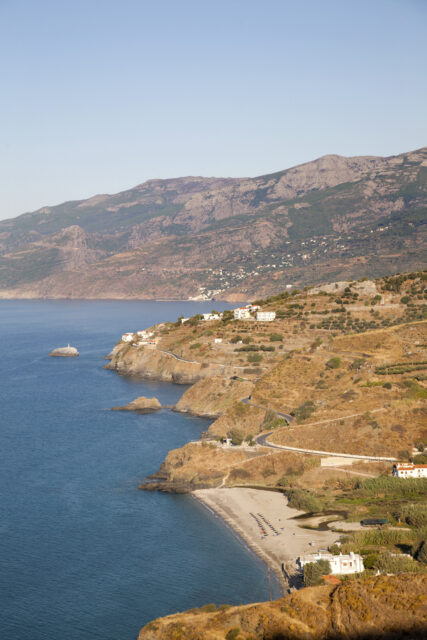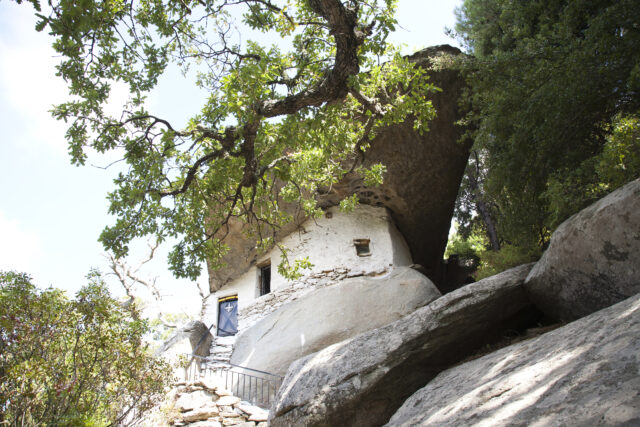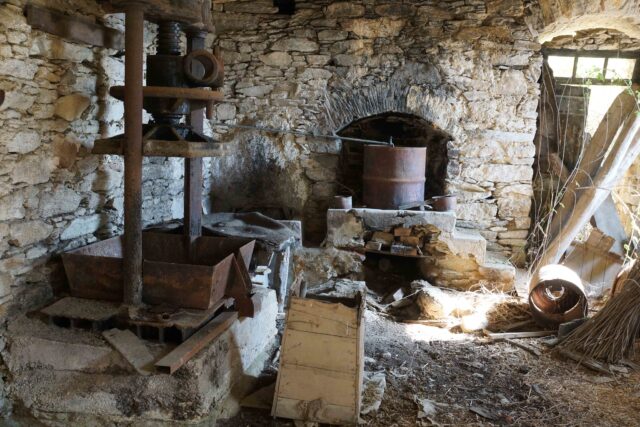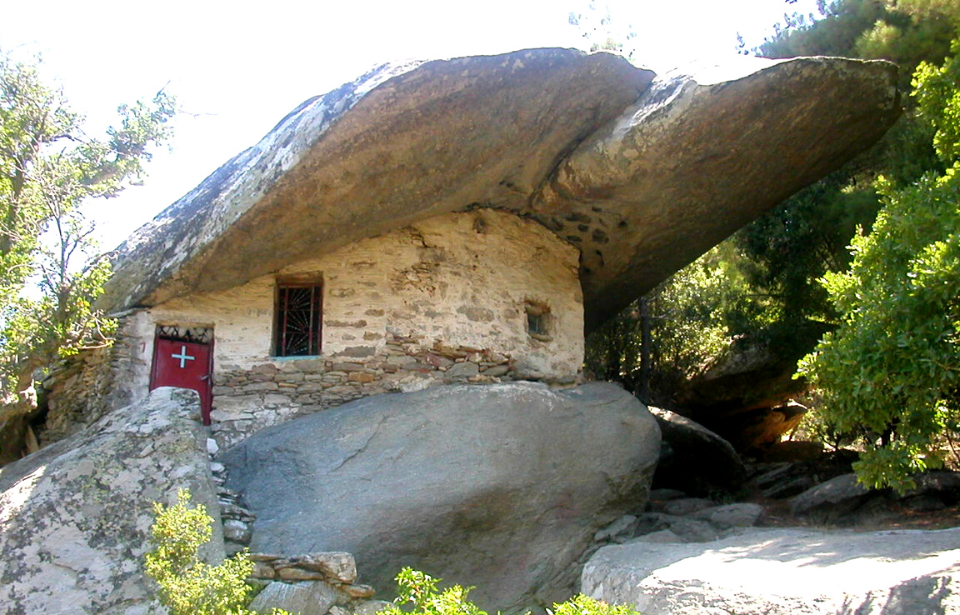Ikaria island in Greece is a beautiful, picturesque place that tourists love to visit for its bright blue waters and sandy coastlines. Unfortunately, visitors weren’t always so appreciative. Centuries ago, the island was a main target for pirate attacks. With no one coming to their aid, the residents of the island were forced to fend for themselves. Unable to directly fight the pirates, they opted to hide their community in the mountainside, creating remarkable structures known as anti-pirate houses.
The problem with piracy

The island of Ikaria is recorded to have been inhabited since at least 7,000 BC. Over several millennia, the island has been under the rule of several empires, including the Roman and Byzantine. During these times, pirate raids were a serious threat to Ikaria, and residents became victims time and time again. By the 14th century, piracy was extremely problematic while the island was under the Republic of Genoa. It was bad enough that they resorted to destroying their own ports to prevent pirates from docking.
Ikaria is known for producing a rich and strong Pramnian wine, which served as one of its main trading products, alongside olives and honey. Residents’ wealth in tradable goods caught the attention of pirates, making the island a favorite stop for those who sailed the Aegean Sea. While under the rule of the Ottoman Empire, Ikaria had to deal with the increasing threat of pirate raids on its own, as the empire’s relaxed rules of land and sea allowed piracy to thrive.
Moving into the mountains

Residents of Ikaria took matters into their own hands, though they had few options. In order to prevent any further raids, they needed to either stand up against the pirates, which was a dangerous choice that wasn’t in their favor, or pack up their belongings and move elsewhere. Not wanting to abandon their island home entirely, residents compromised by moving inland toward the mountains for protection.
The Ikarians built new homes into the rock faces of the mountains, known as “anti-pirate” homes. By moving away from the coastline, they were able to create the illusion that the entire island had been abandoned. Pirates were not so tempted to try and raid what appeared to be an empty community. Despite these new homes lacking comfort, they provided invaluable safety to the Ikarians, camouflaged almost entirely into the landscape and attracting virtually no attention.
Life in the anti-pirate houses

The anti-pirate houses were quaint, providing the bare necessities of shelter for those who lived in them. They did not have chimneys, though they did have hearths. These were only used during the day to prevent any light sources in the dark evenings. To prevent noticeable smoke columns, a stone would be removed from one of the house’s walls to allow smoke to slowly escape. Residents didn’t even have pet dogs for fear that barking would alert pirates passing by.
More from us: New Easter Island Moai Statue Discovered At Bottom of Dry Lakebed
The homes were widely spread out due to the natural placement of the boulders they were built into, which made them more difficult for pirates to locate. For 300 years, the Ikarians concealed themselves in these homes. It wasn’t until the 1820s that pirate activity in the Aegean Sea was suppressed, allowing residents to move back toward the coastline.
